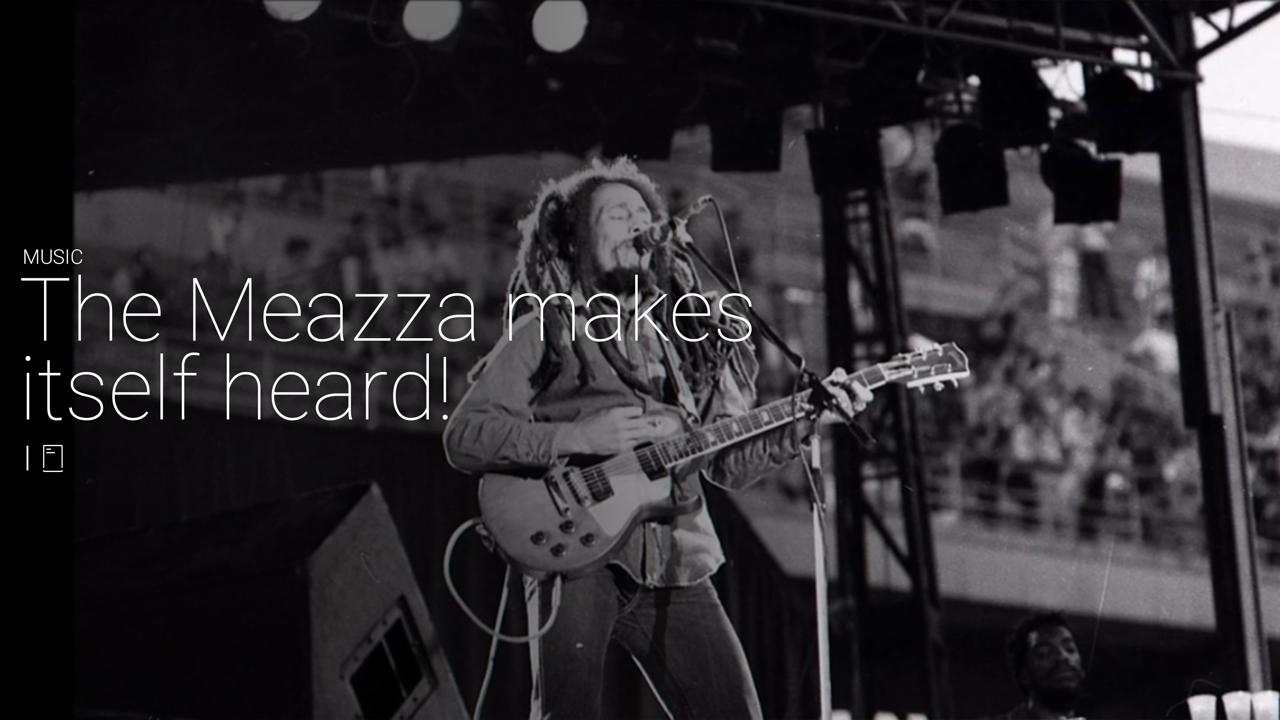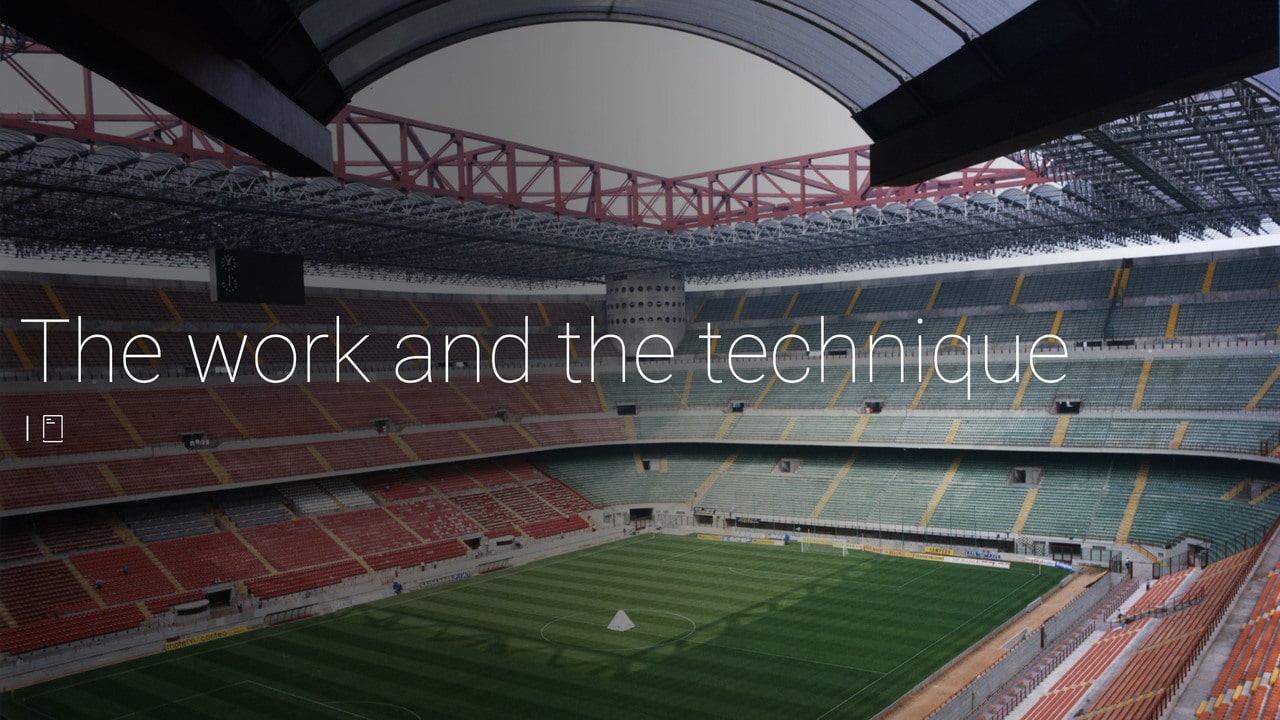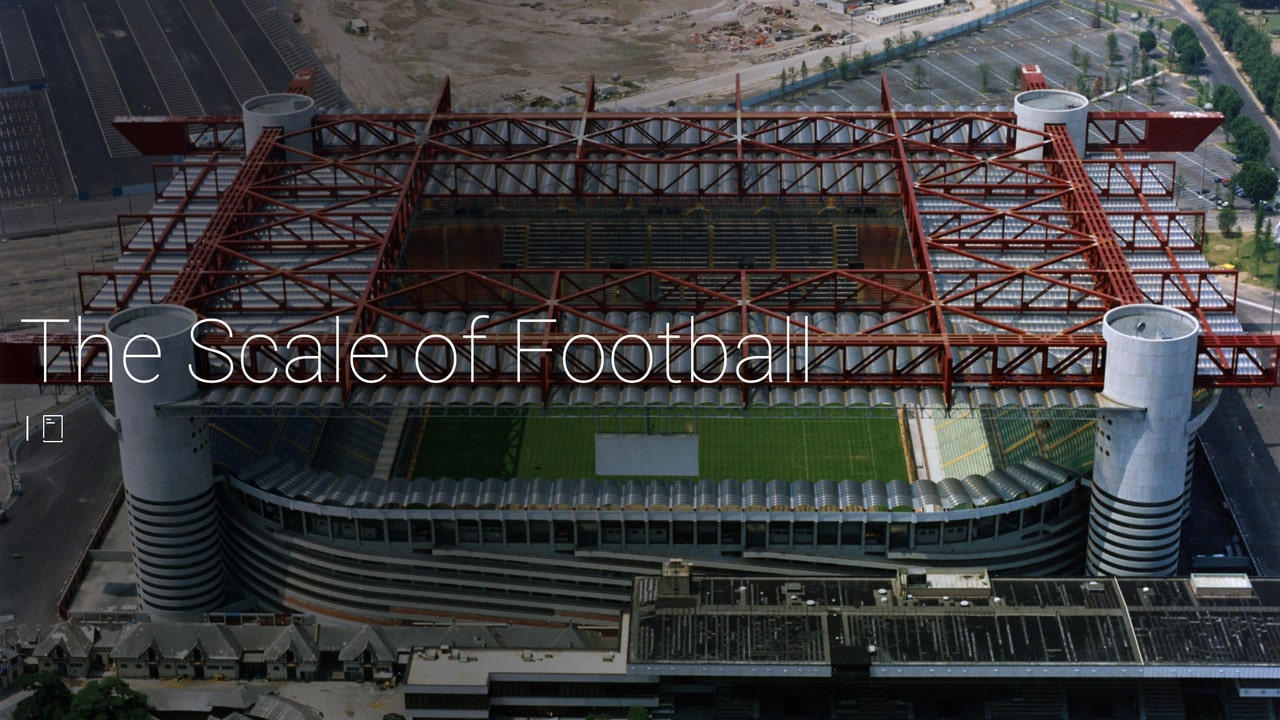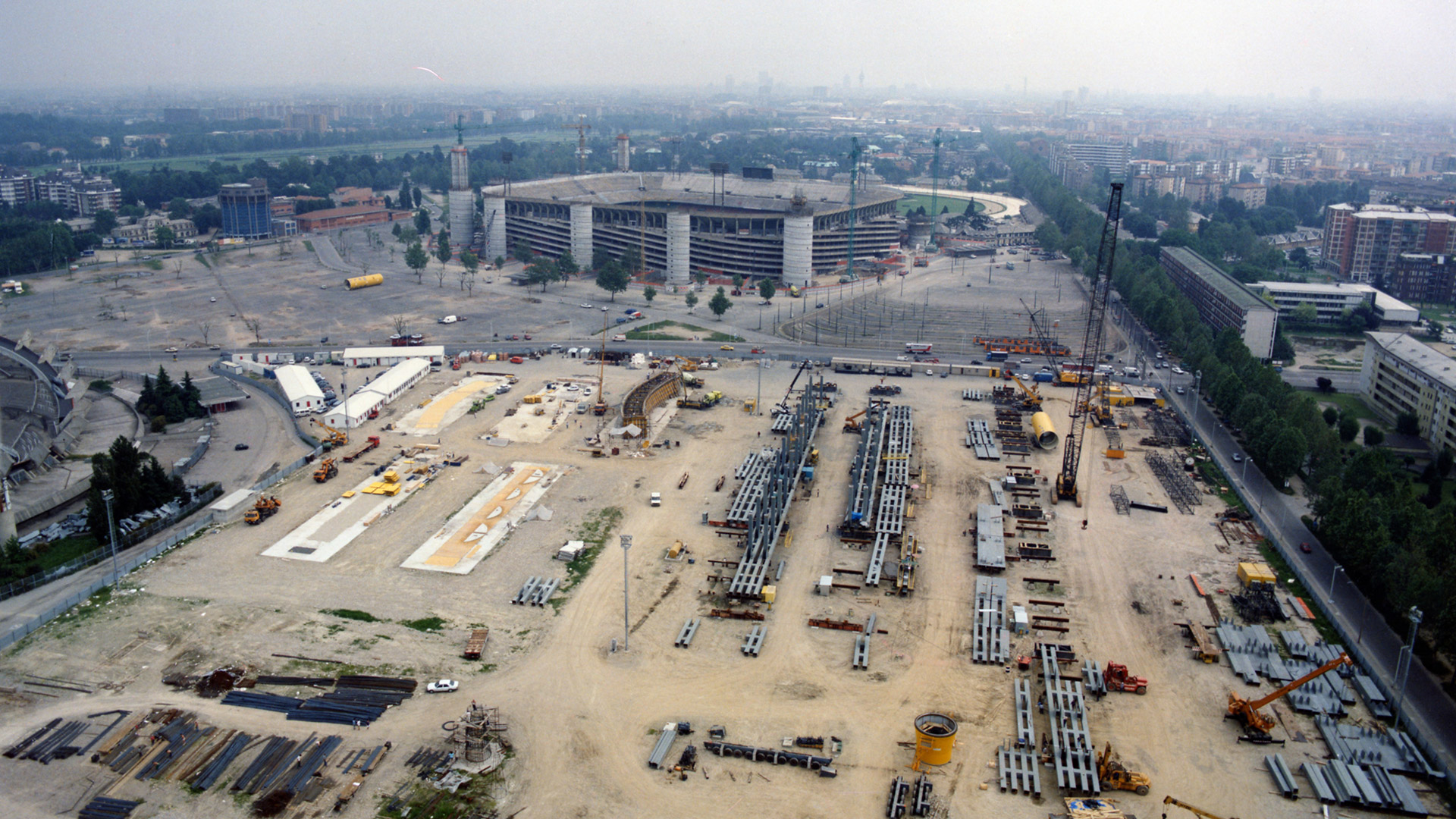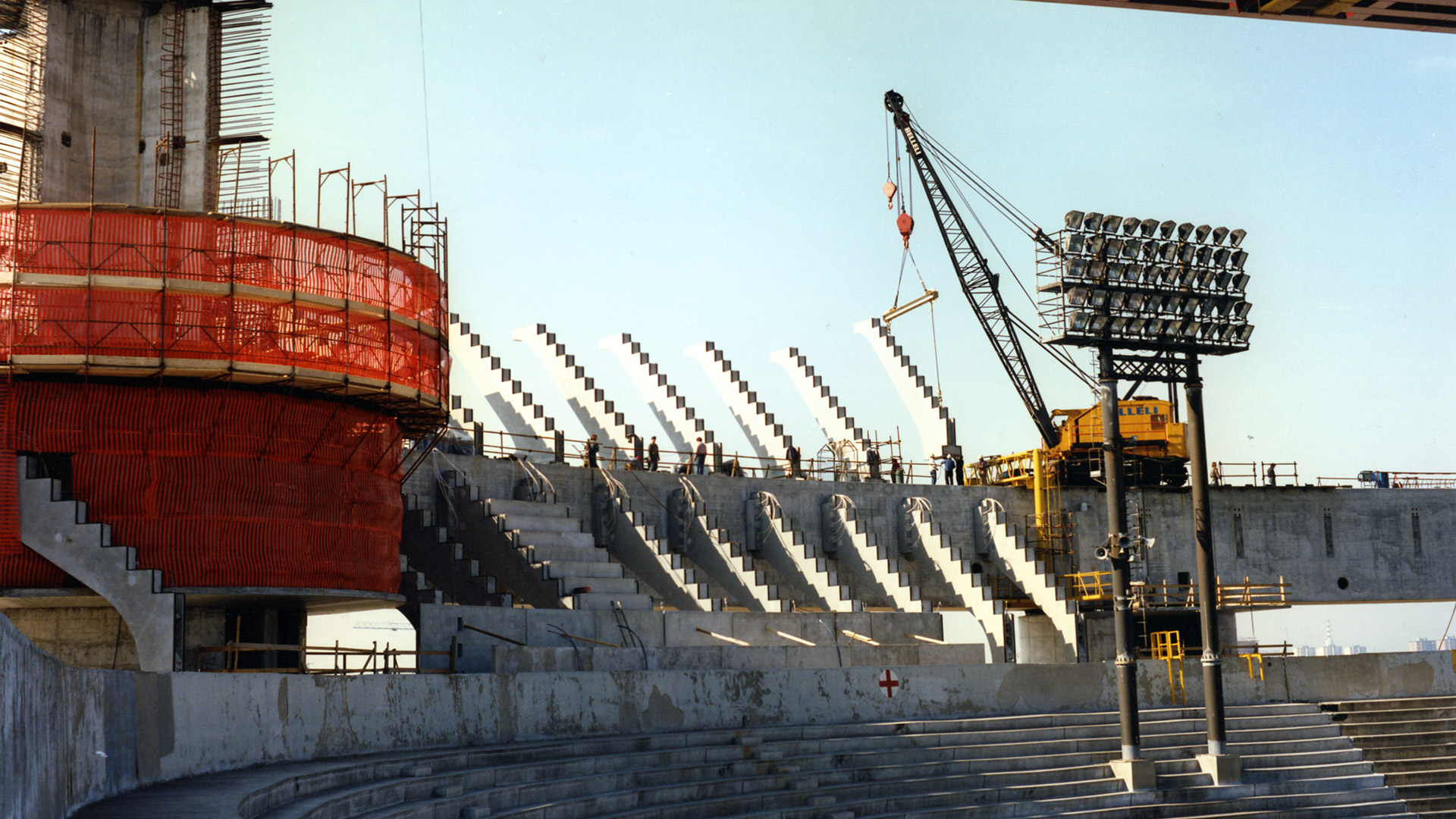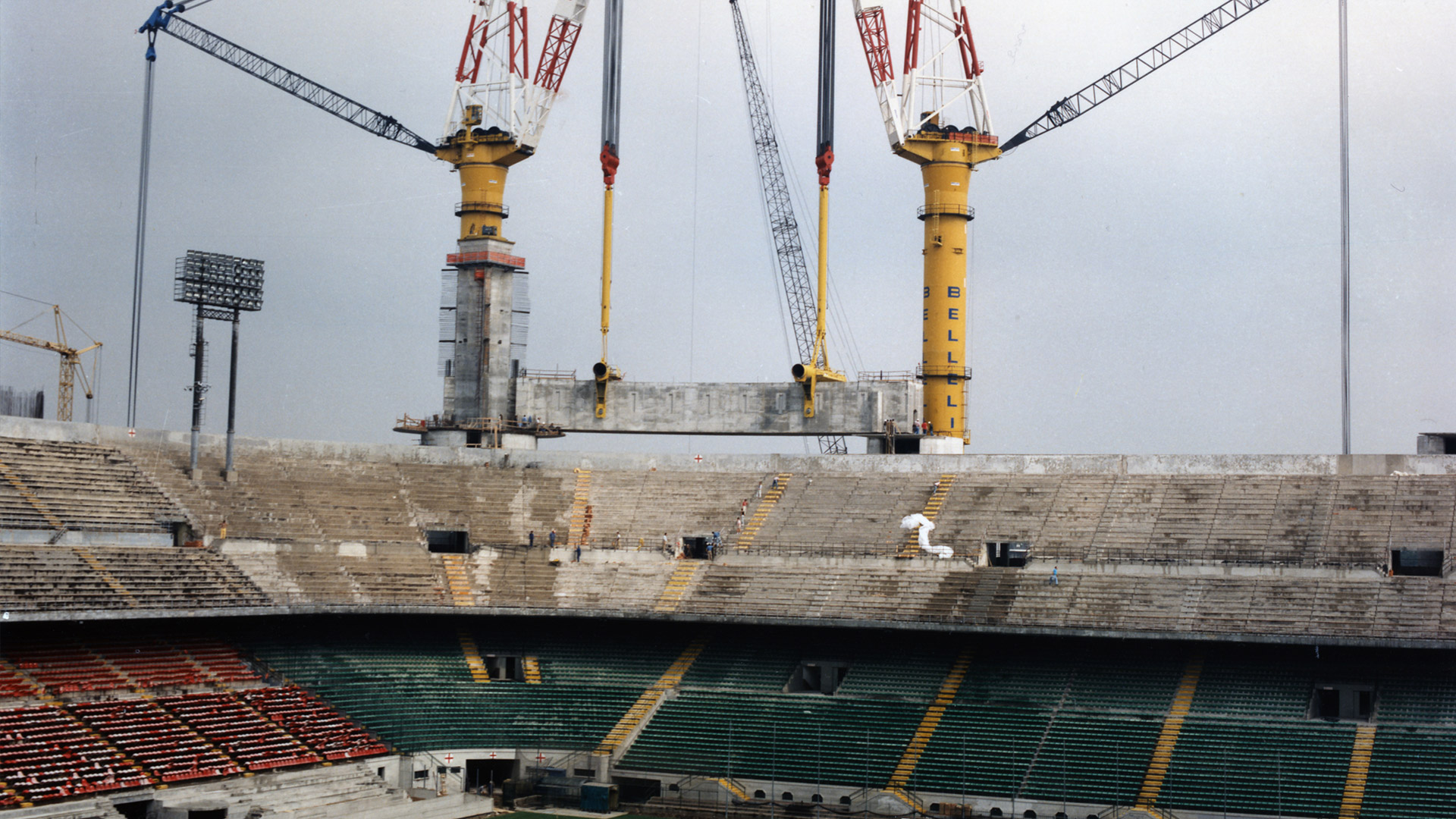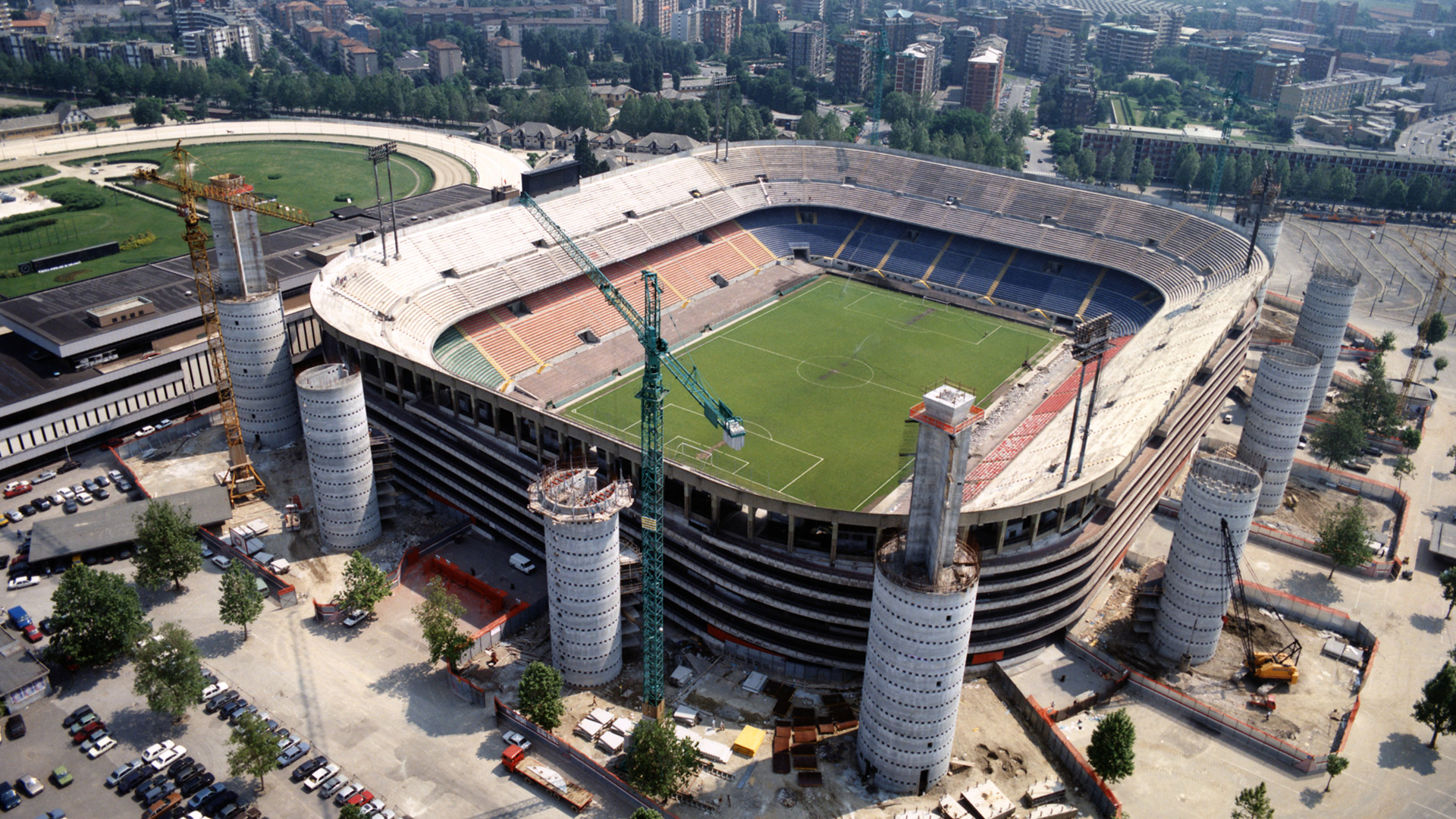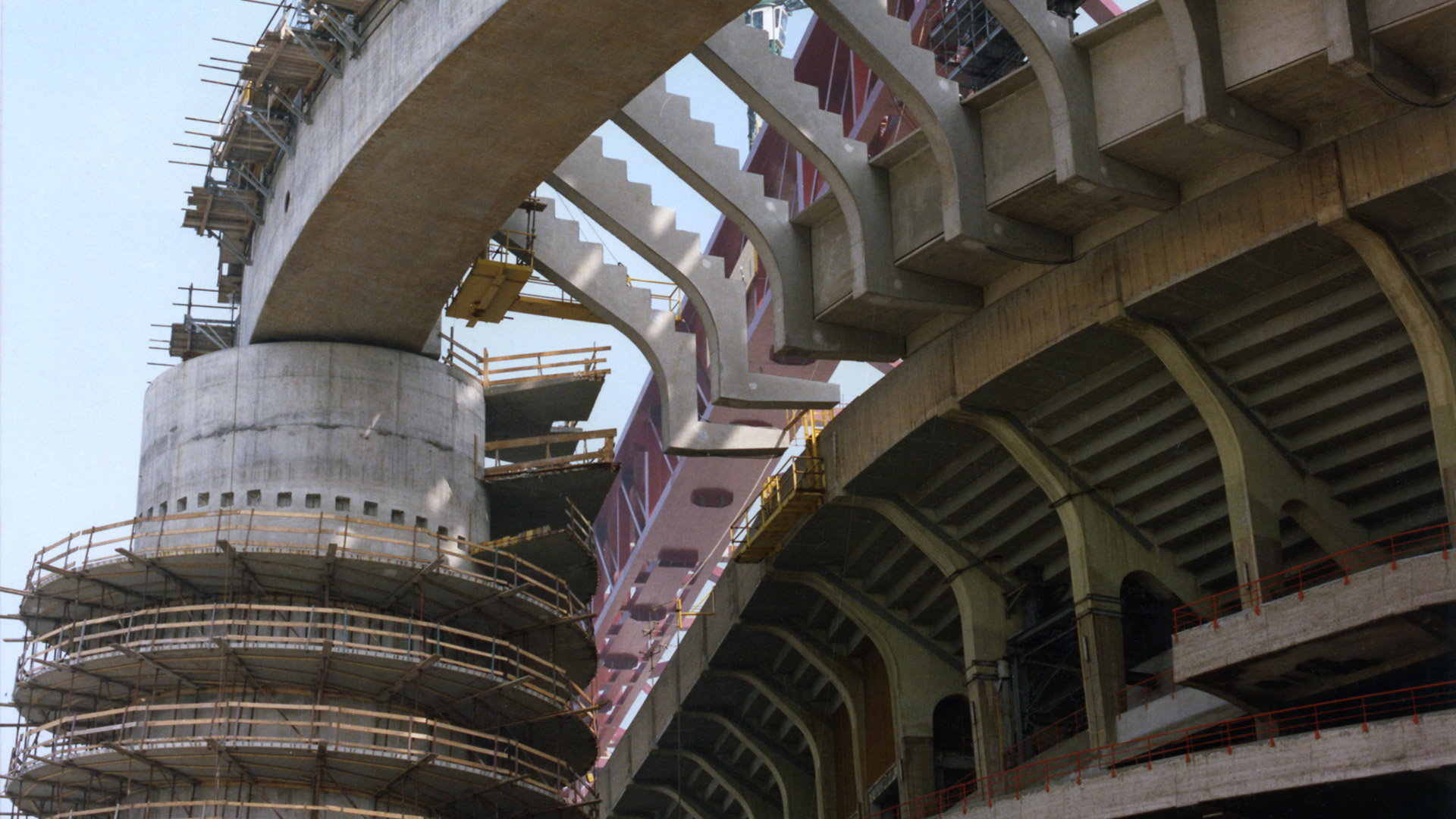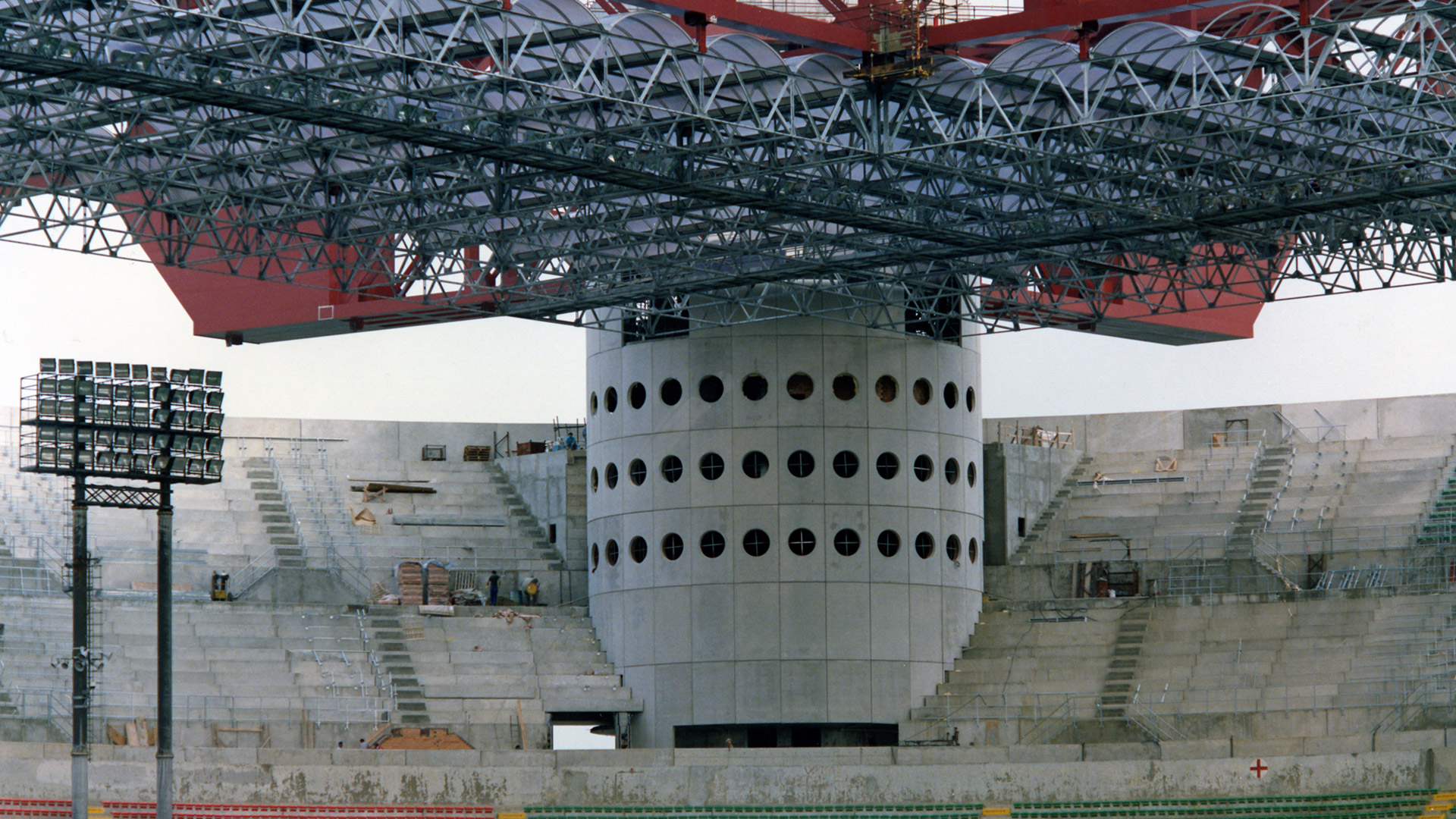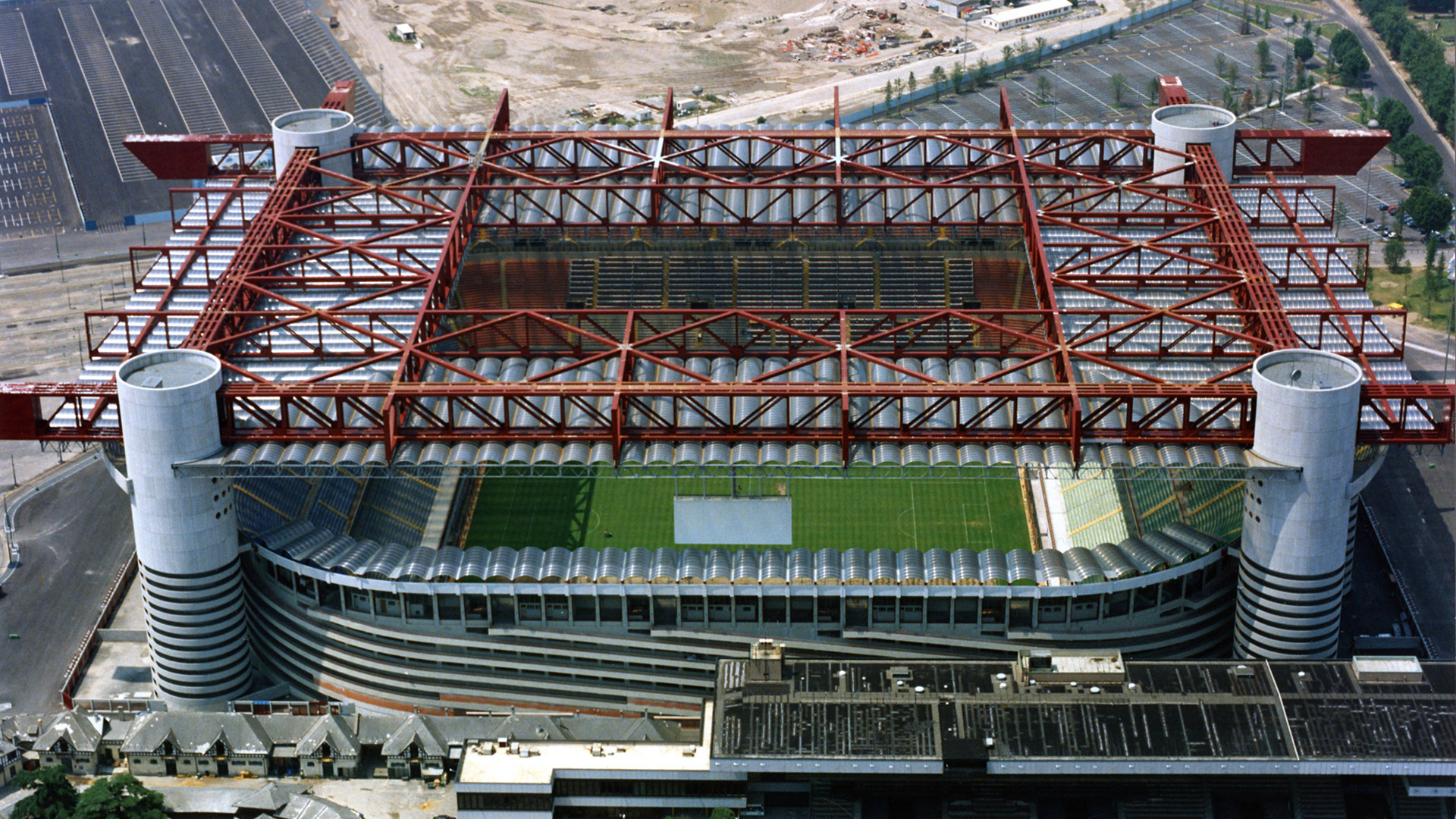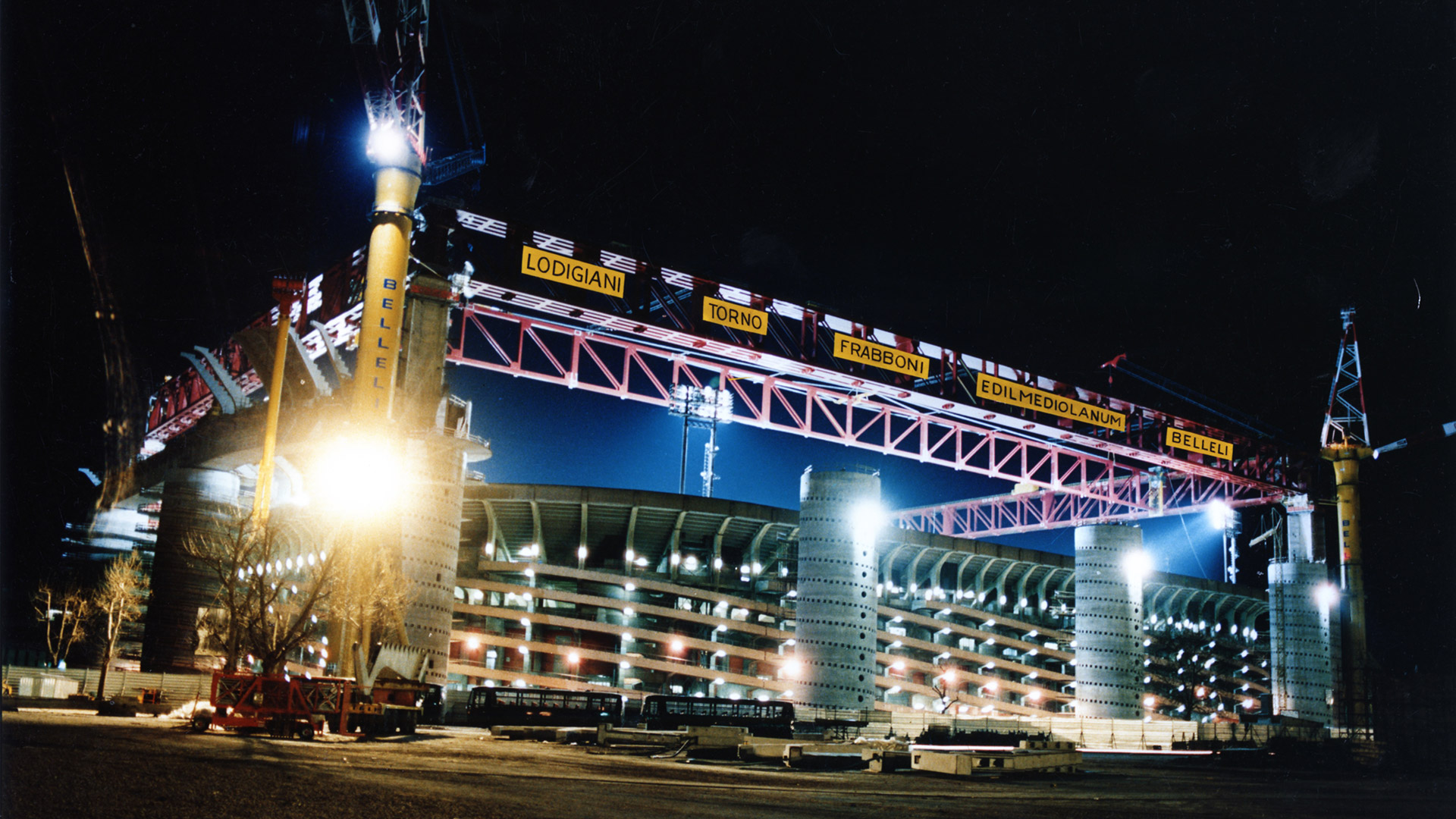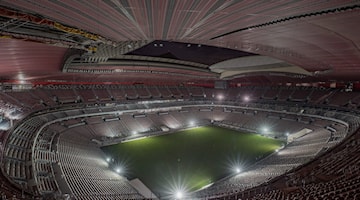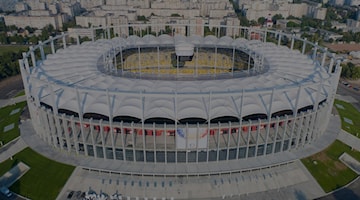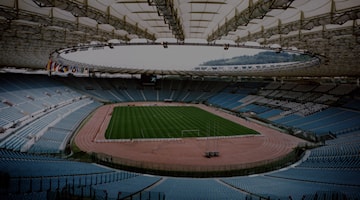In the heart of Milan
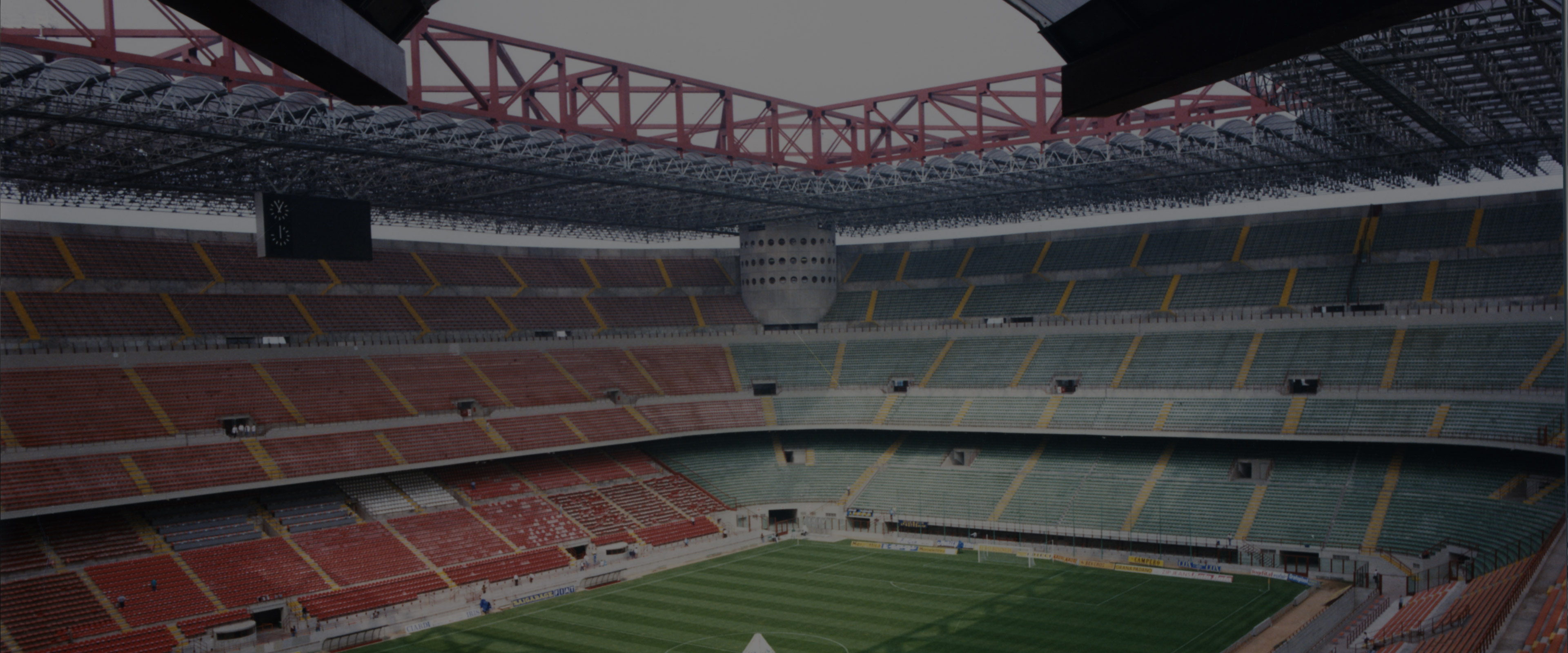
"G.MEAZZA" STADIUM, ITALY
Together with the "Madonnina", it stands as the symbol of Milan.
Commissioned in 1925 by then Milan chairman Piero Pirelli, on land owned by the club, it was inspired by English stadiums, and inaugurated in the San Siro district on September 19, 1926, with the Milan-Inter derby (won by Inter 6-3).
Costing 5 million liras, equipped with four rectilinear stands (holding up to 35,000 spectators), the stadium was named in 1980 in memory of world champion Giuseppe – “Peppìn” – Meazza (1910-79), after him: a footballer who wore both Inter and Milan jerseys, a coach, a journalist, a sports executive, a 3-time leading scorer of the Italian Championship and European Cup, and a two-time world champion (in 1934 and 1938).
Purchased by the City of Milan in 1935, the stadium was expanded with four curves connecting the stand, bringing its total capacity to 55,000.
Since 1947 it has also been the stadium of Inter, which plays all its home games here.
In 1955, new structural work increased San Siro's seats to 100,000, later reduced for safety reasons to 85,000 (standing and seating).
But the biggest transformation is from the modern era, carried out in 1987-90 for the Italia '90 World Cup by a consortium of companies led by the parent company Lodigiani, later merged into the current Webuild Group.
Its spectacular and legendary third ring was built in the stadium with eleven cylindrical reinforced concrete towers (each with independent accesses to the bleachers), and four of them-supporting the roof beams-equipped with internal service rooms. In all, 55,500 m3 of concrete was used, and all 85,700 seats have since been equipped with seats and covered with polycarbonate sheets. Standing room at the parterre has been eliminated and the old gate replaced by anti-intrusion pits, significantly improving the visibility of the field from every sector.
Ranked first nationwide in terms of seating capacity and among the 20 largest stadiums in the world, in 2009 the British newspaper The Times placed it second in its ranking of the most beautiful stadiums globally.

THE WORK AND THE TECHNIQUE
M³ CONCRETE
CYLINDRICAL TOWERS
SPECTATORS/SEATS
City of Milan
Lodigiani spa (parent company), among the companies that later became Webuild Group, Torno spa, Edilmediolanum spa, E. Frabboni spa, Belleli spa, Ponteggi Dalmine spa, Redi Electric spa, Siemens spa, Milanotermica.
The design for modernizing and expanding the Giuseppe Meazza Stadium in Milan was signed by architects Giancarlo Ragazzi, Enrico Hoffer, and engineer Leo Finzi, who devised freestanding supports arranged around the existing stadium on which the new third ring could rest.

CULTURAL INSIGHTS
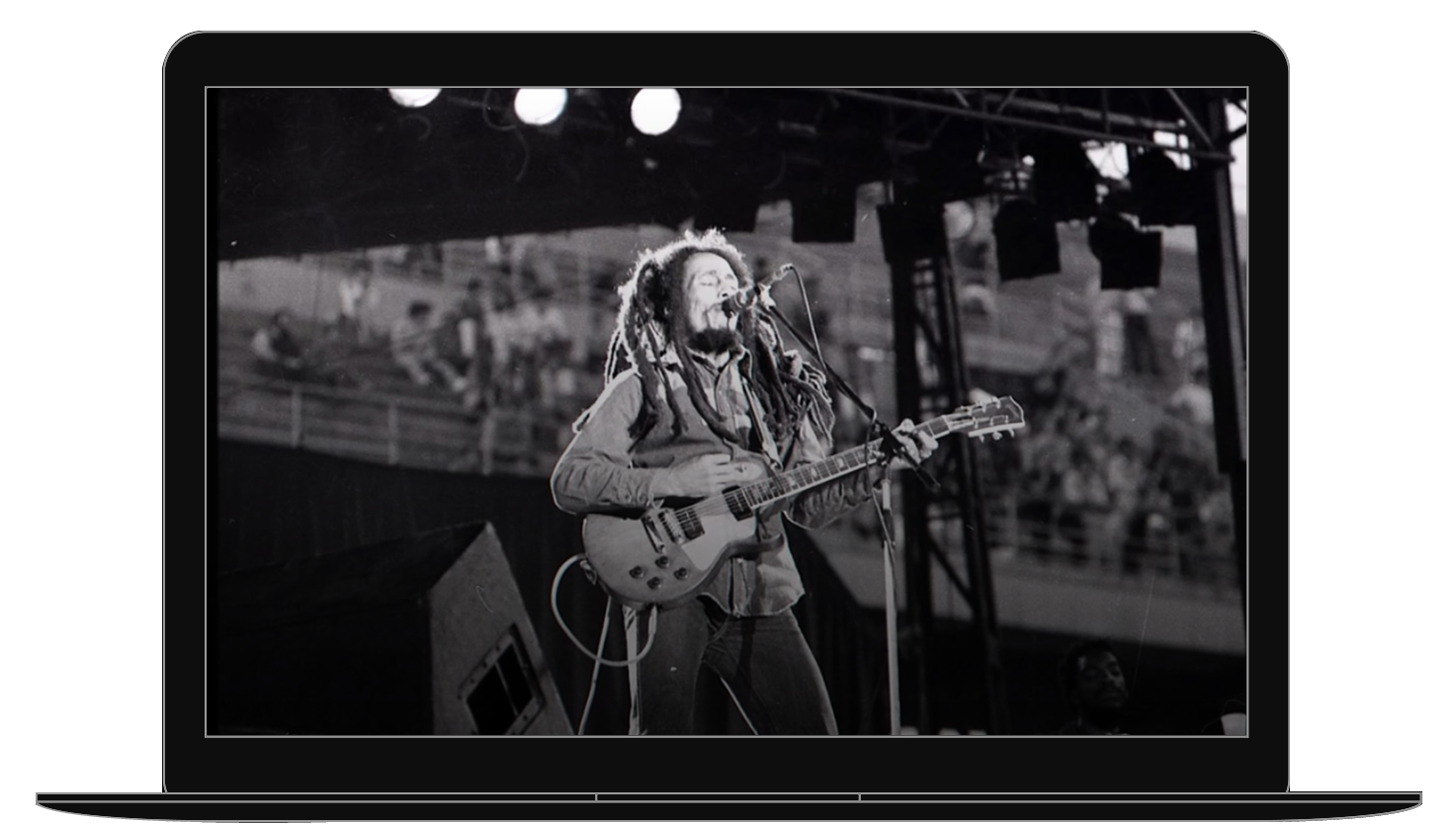

The Scale of Football
Milan's San Siro stadium is known by fans of the "most beautiful sport in the world" as the "Scala of soccer".
One of the world's twenty largest stadiums, it has hosted countless soccer matches on its turf (Serie A and B championships, Coppa Italia, European Cups, national team matches, European and world championship matches, charity matches), various sporting events (from rugby to athletics), musical performances, and other public gatherings (Pope Francis welcomed 80,000 Confirmation candidates in 2017): a rough estimate shows that since its founding almost 250 million spectators have passed through it, more than four times the population of Italy.
For this reason, San Siro has entered the hearts of Italians and soccer fans from all over the world, becoming a particularly popular attraction for international tourists: according to data provided by M-I Stadio, as many as 165,194 visitors visited the stadium (museum + dedicated tour) in the 2018/2019 season, with peaks exceeding 200,000 in other years, 80% of which foreigners.
These figures exceed or are close to the admissions of Milan's major cultural venues, which registered more than di 529.422 admissions at the Cenacolo Vinciano in 2021, and more than 546.517 at the Pinacoteca di Brera in 2022.
Mln viewers from the foundation to date
Spectators in some seasons





